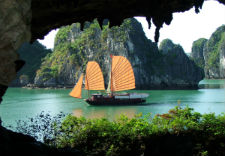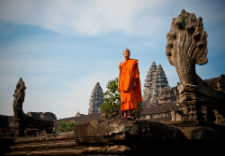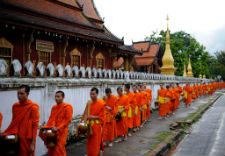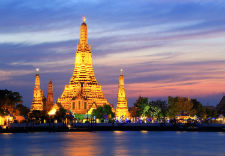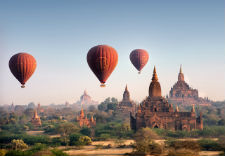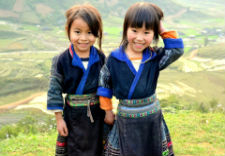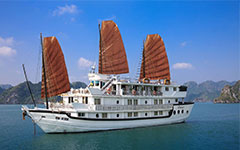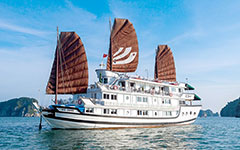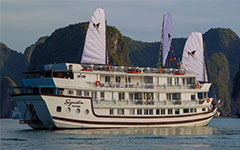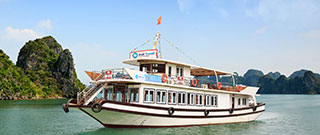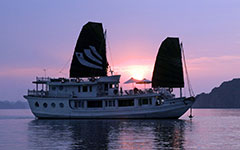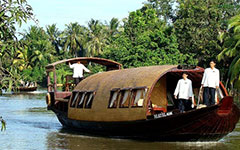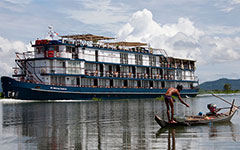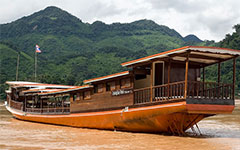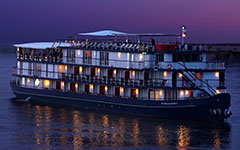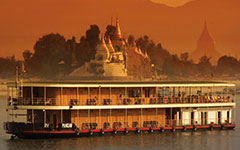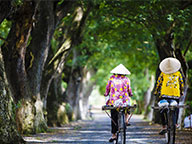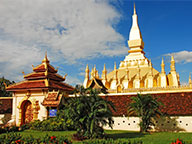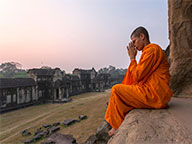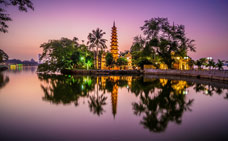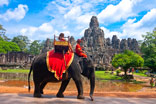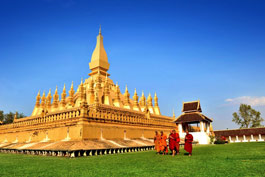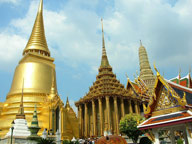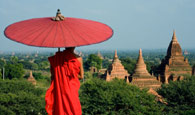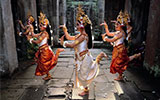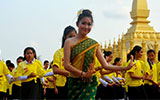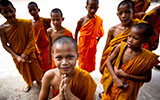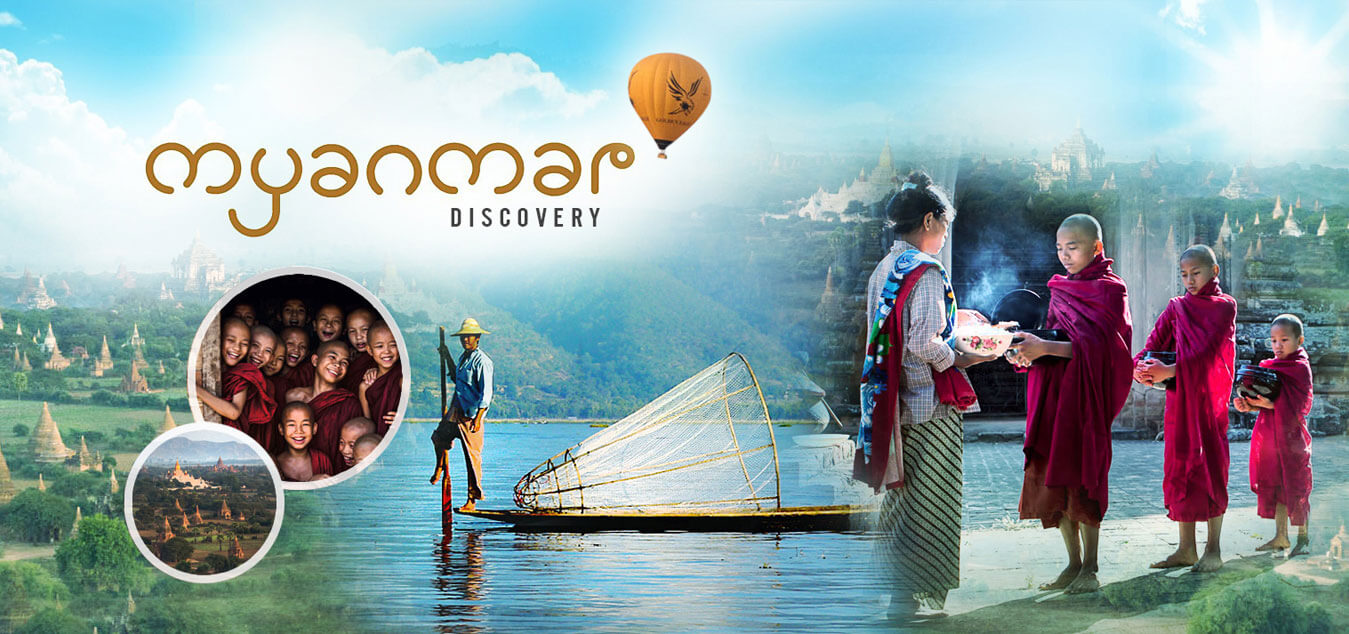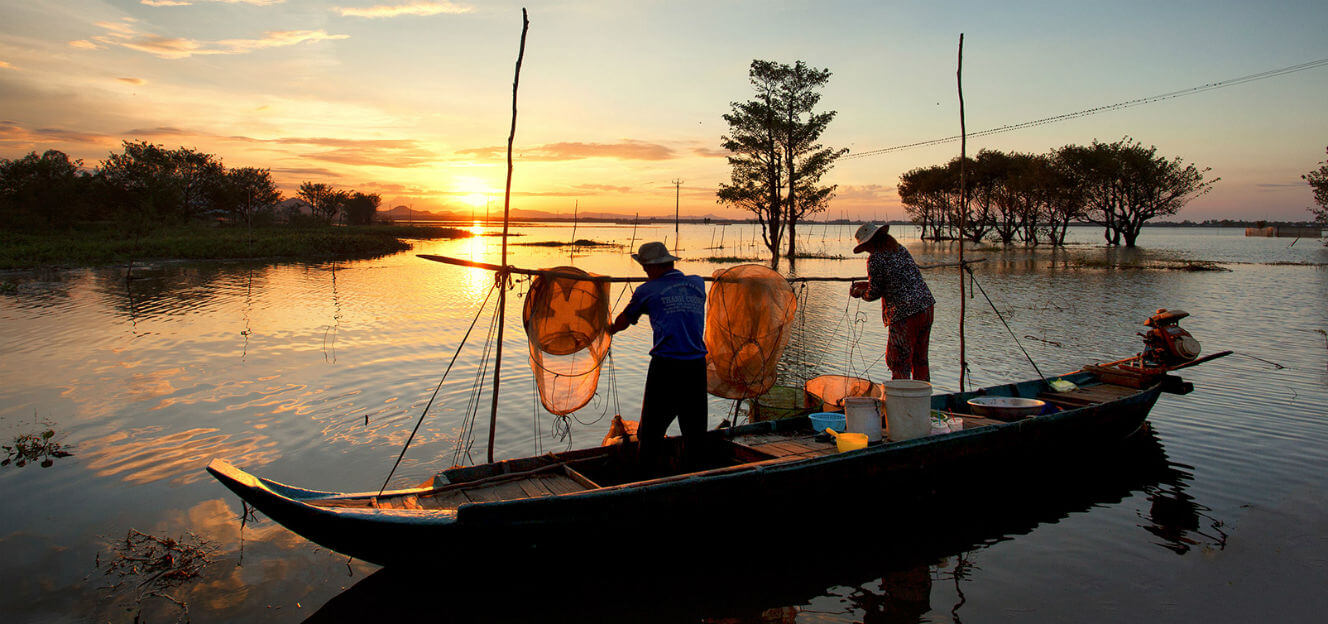General Information Laos
LAOS, officially the Lao People's Democratic Republic
Laos is a very popular stop in South East Asia, although it remains one of the poorest country in the region, relatively isolated and undeveloped. But just has long been popular with the backpacker market, but the country is now attracting a wider range of travellers. It is also busy developing its standing as an eco-tourism centre due to the many hill tribe villages, river communities and unspoilt national parks. These settings all lend themselves to outdoor activities such as trekking, kayaking and caving. The capital, Vientiane, and the other major towns have been spared major modern developments with traditional and colonial architecture still dominant.
Luang Prabang and Wat Phu are both UNESCO World Heritage sites, with the Plain of Jars, great sites for the combination of architecture and history.
Tourism of Lao plays very important role in eccomic development, just had around 4,2 million tourists in 2015, and the number is still increasing..
Geography: aproximately 236,000 km2
Population: aproximately 7 million people
Religion: 67 % of Laotians are Buddhist, 1.5 % are Christian, and 31.5 %t are other or unspecified
Capital: Vientiane is the offical Capital with more than 1 million people
Ethnic groups: 55% Lao, 11% Khmu, 8% Hmong, 26% others
Climate: Tropical climate
Infrastructure: Much of Laos lacks adequate infrastructure. Laos has no railways, except a short link to connect Vientiane with Thailand
- Early history: 50,000 years old
- Lan Xang: (1354 -1707), Laos traces its history to the kingdom of Lan Xang (Million Elephants), founded in the 14th century
- French Laos (1893 -1953)
- Independence and Communist Rule (1953–present)
Economy: The Lao economy depends heavily on investment and trade with its neighbours, Thailand, Vietnam, and, especially in the north, China.
BEST HIGHLIGHTS OF LAOS
- Luang Prabang
- Vientiane
- Xieng Khouang- The Plain of Jars
- Champasak
- Vang Vieng
